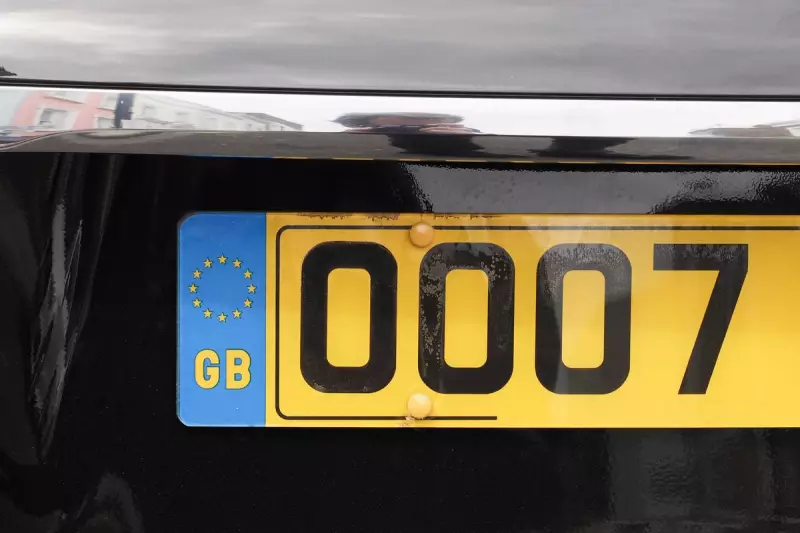
The Driver and Vehicle Licensing Agency (DVLA) is preparing to roll out its latest number plate update this October, introducing the new '94' identifier that will adorn all newly registered vehicles across Britain.
What's Changing This Autumn?
Every March and October, the DVLA updates its registration system with fresh identifiers. This seasonal tradition continues with the '94' plate replacing the current '24' designation from October 1st, 2024. The change affects all new vehicles registered from this date forward.
Understanding the Current System
Britain's current number plate format, established in 2001, follows a clear pattern that reveals a vehicle's age at a glance. The system comprises:
- Local memory tag: The first two letters indicating the registration location
- Age identifier: Two numbers showing the vehicle's registration period
- Random letters: Three randomly assigned letters for uniqueness
The age identifier changes every six months, with the second number increasing annually. The '24' plates from March will be succeeded by '74' plates in March 2025, maintaining the consistent pattern motorists have grown accustomed to.
Why the Regular Updates Matter
These biannual changes serve multiple purposes beyond simply dating vehicles. They help potential buyers quickly determine a car's age, influence depreciation rates, and create predictable patterns in the automotive market. For manufacturers and dealers, these regular updates help drive consumer interest and sales throughout the year.
Looking Ahead
The current system will continue until the final '99' plates are issued in February 2051. While this might seem distant, the DVLA has already confirmed that a new format will replace it, ensuring the UK's vehicle registration system remains effective for decades to come.
For anyone considering a new vehicle purchase this autumn, understanding these changes can help with timing decisions and ensure you're driving with the latest registration identifier.





